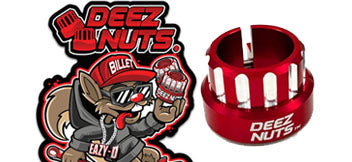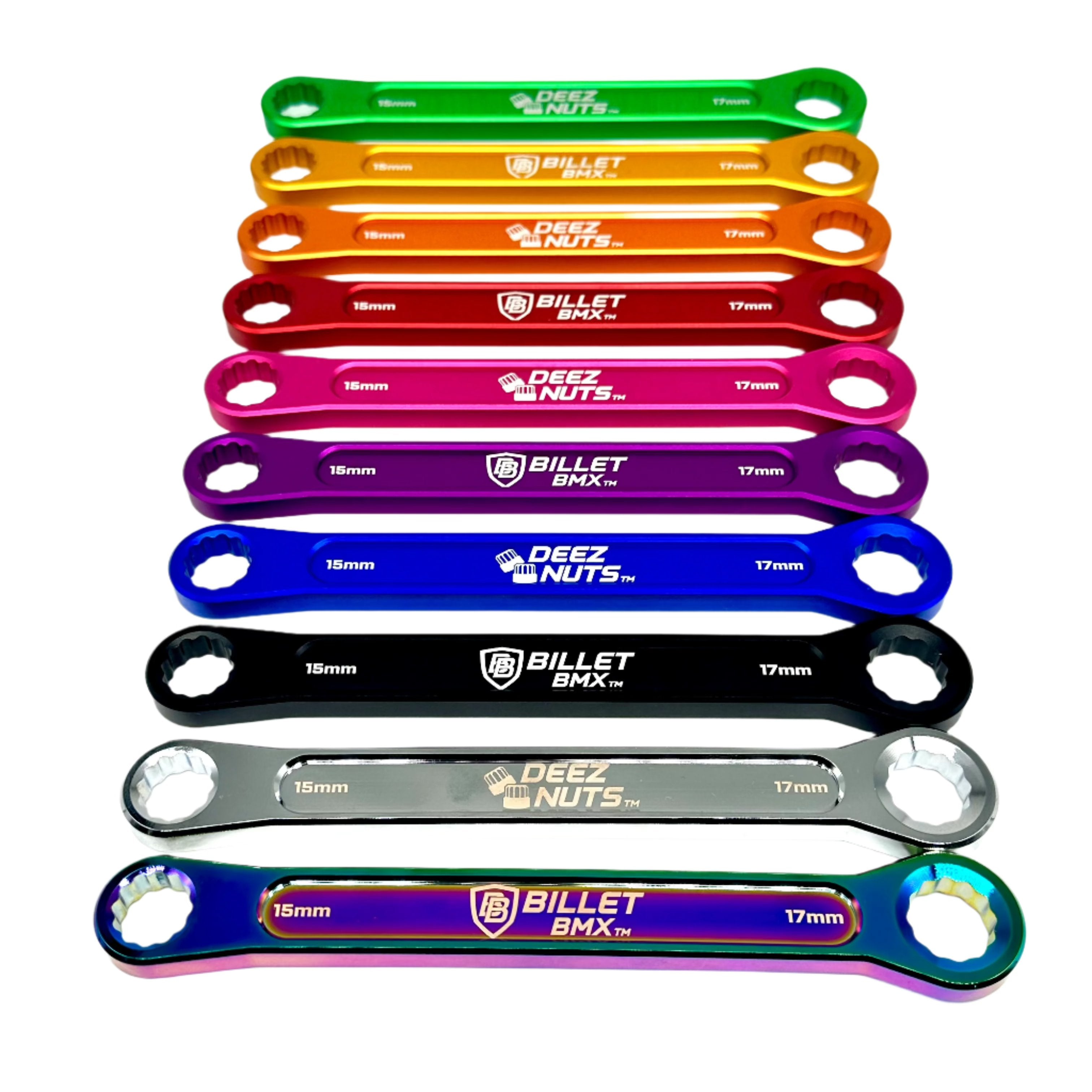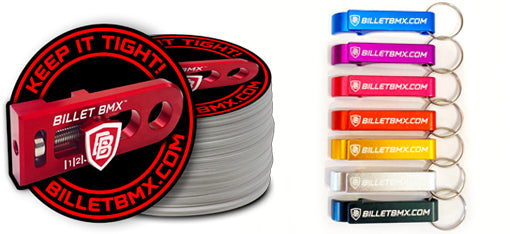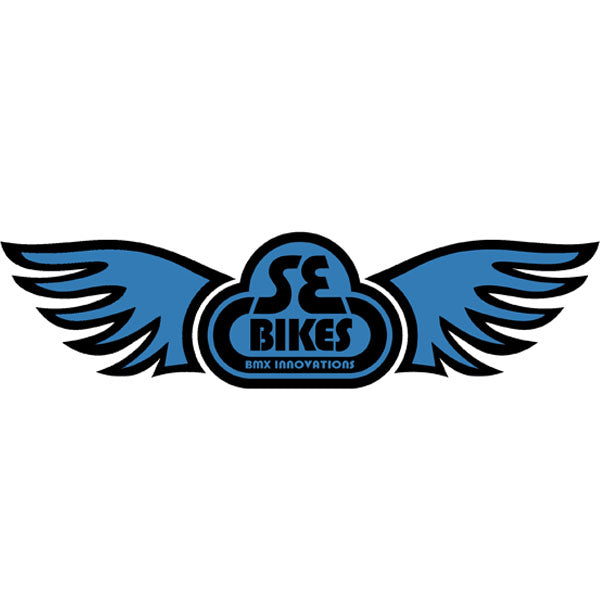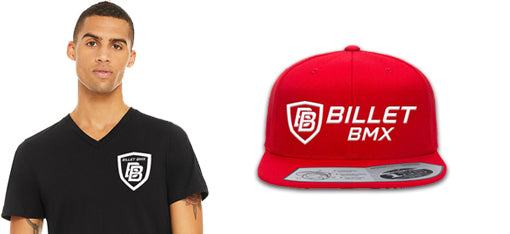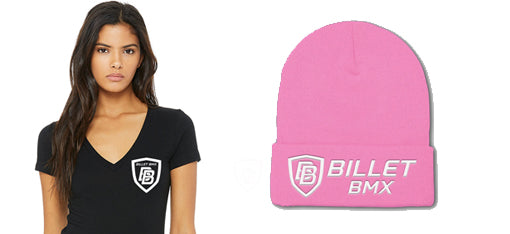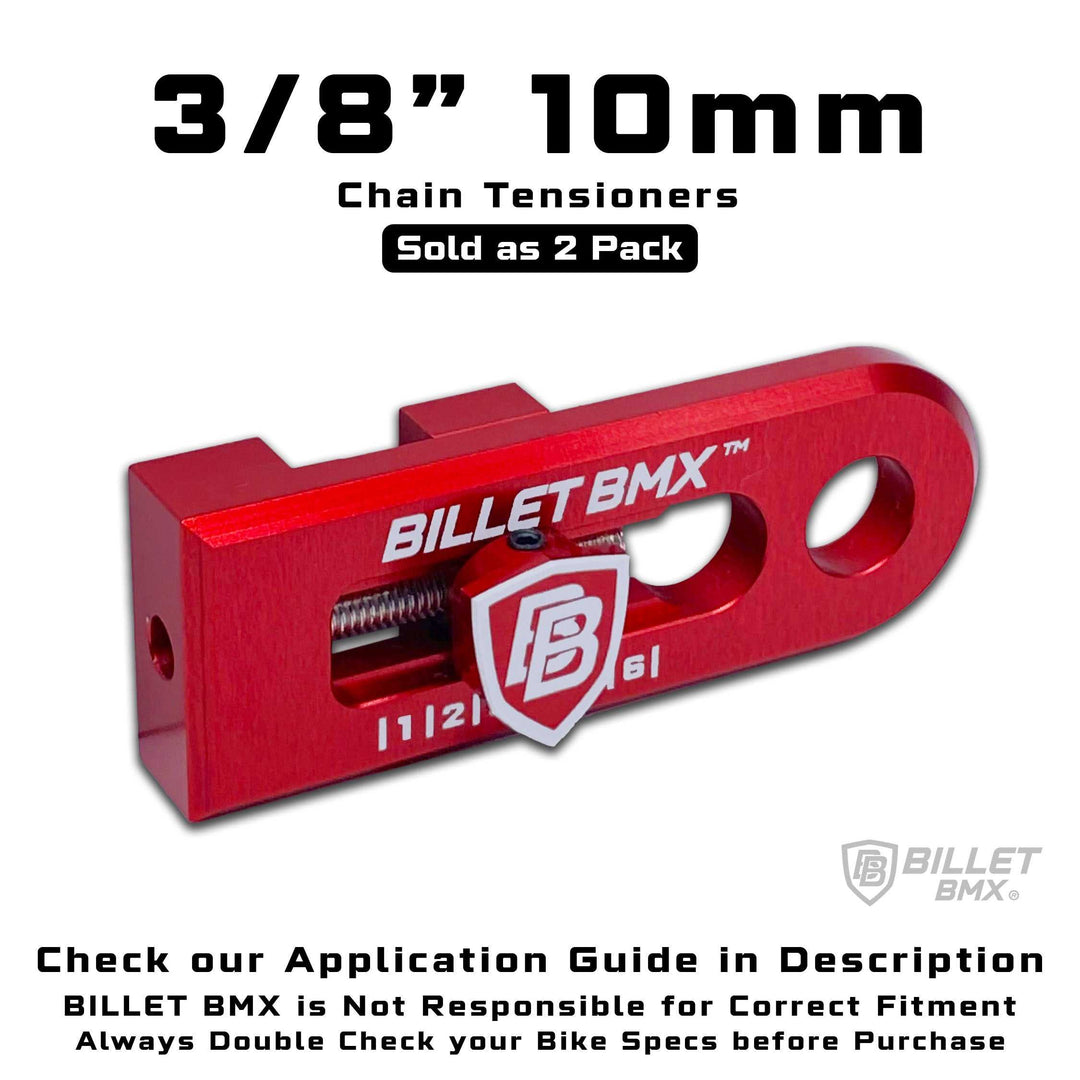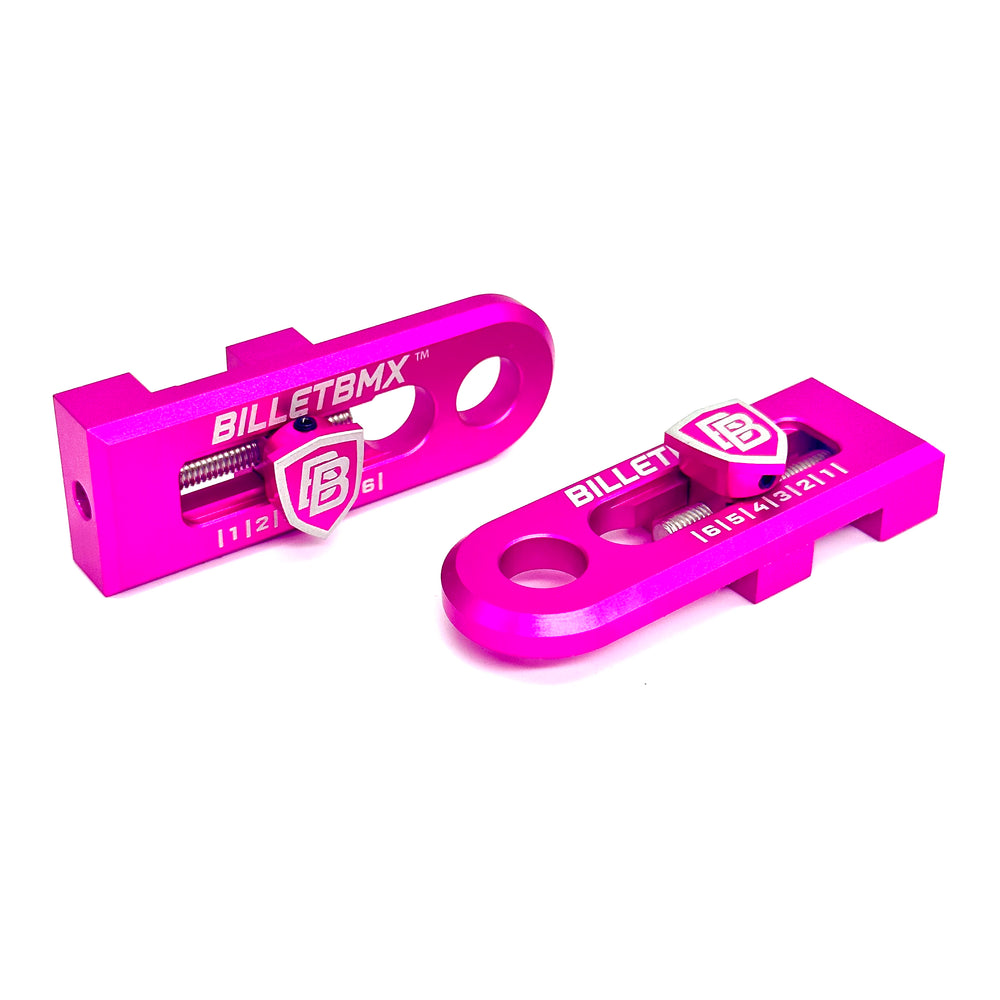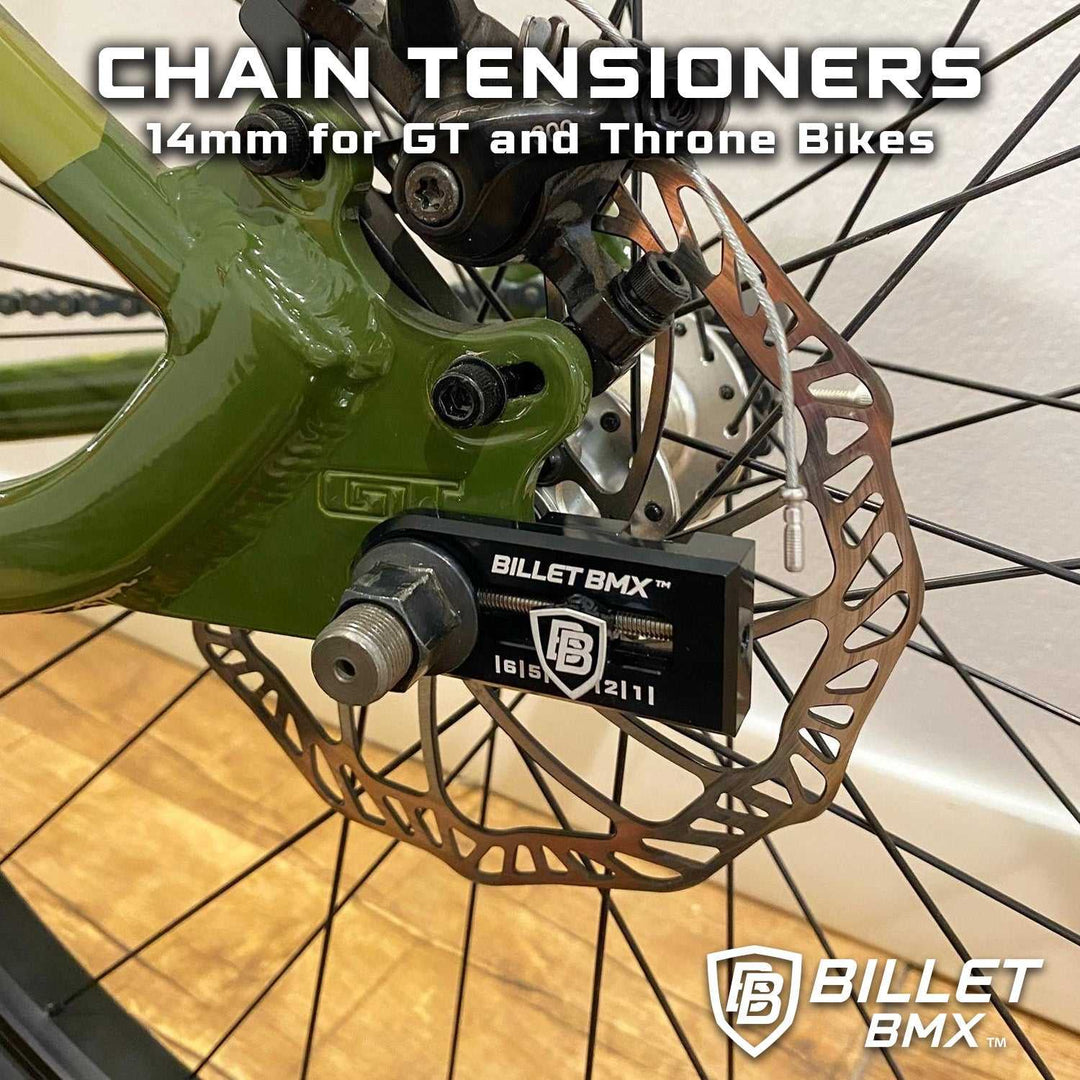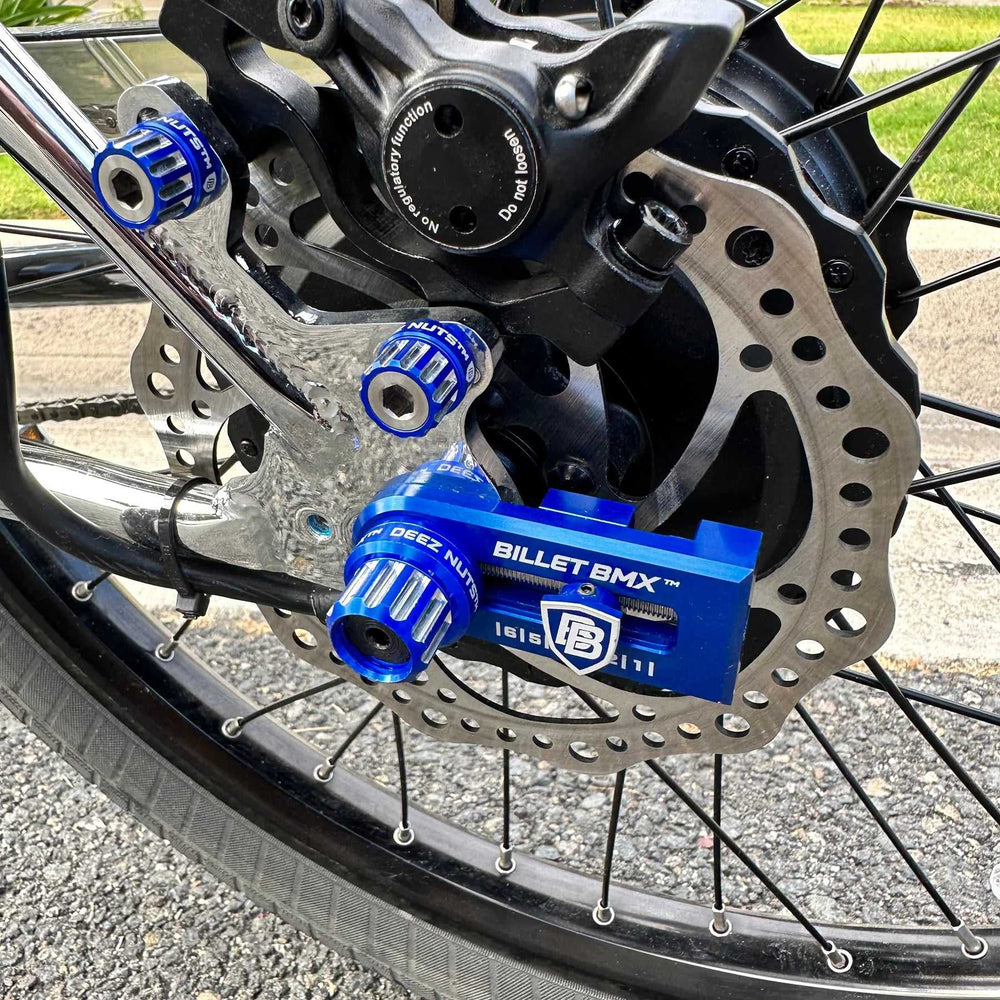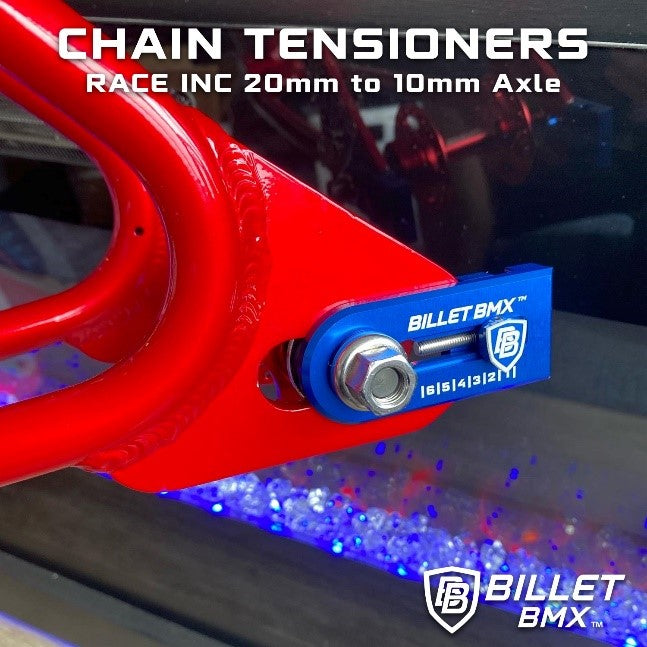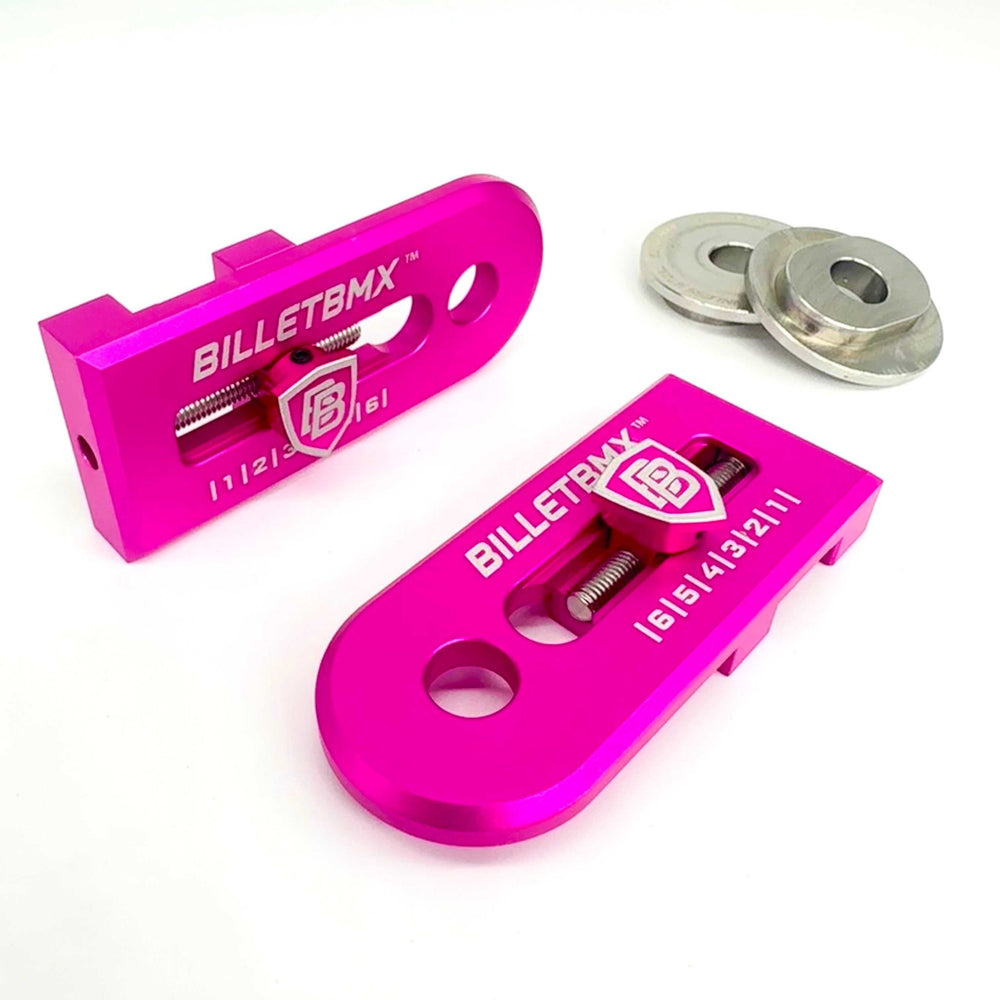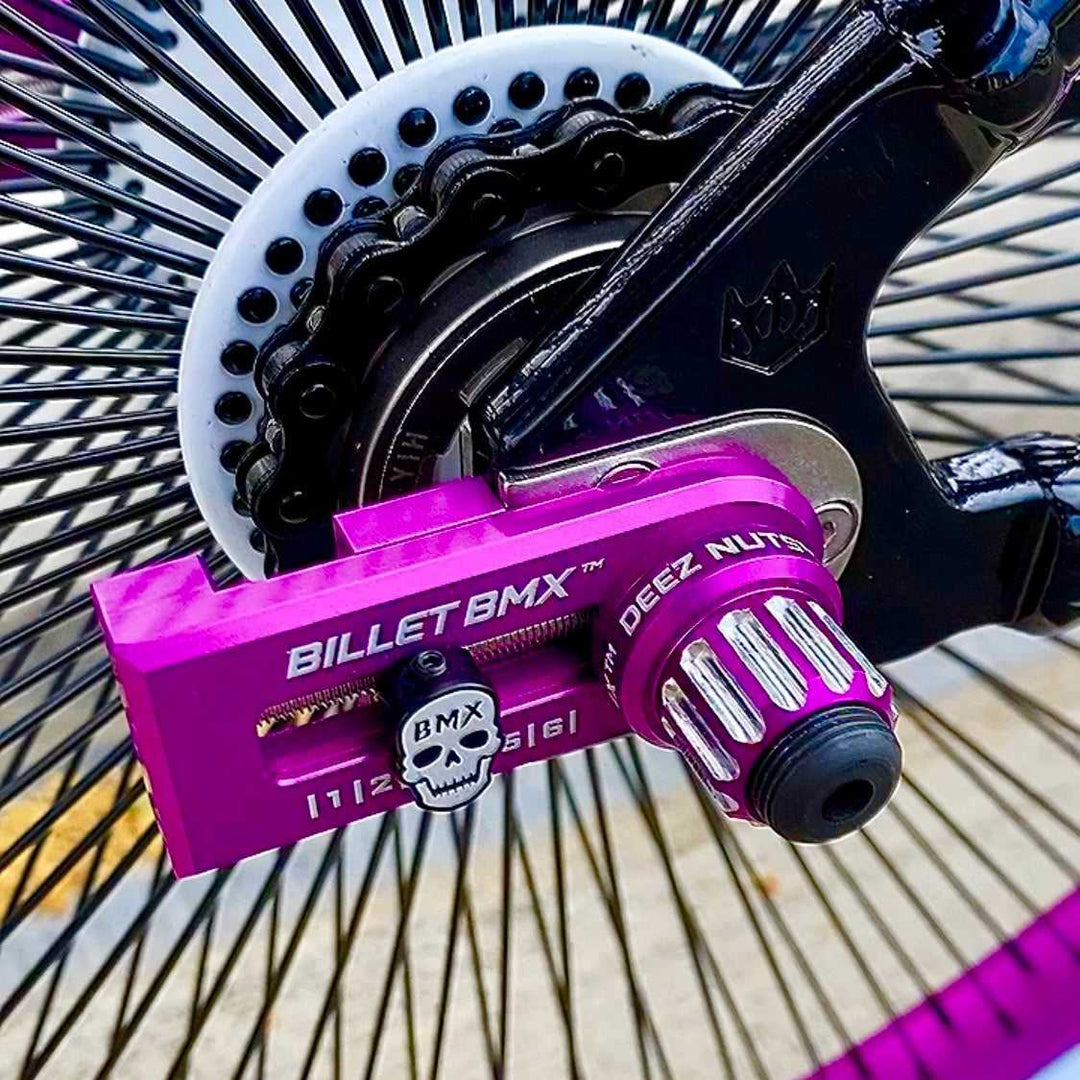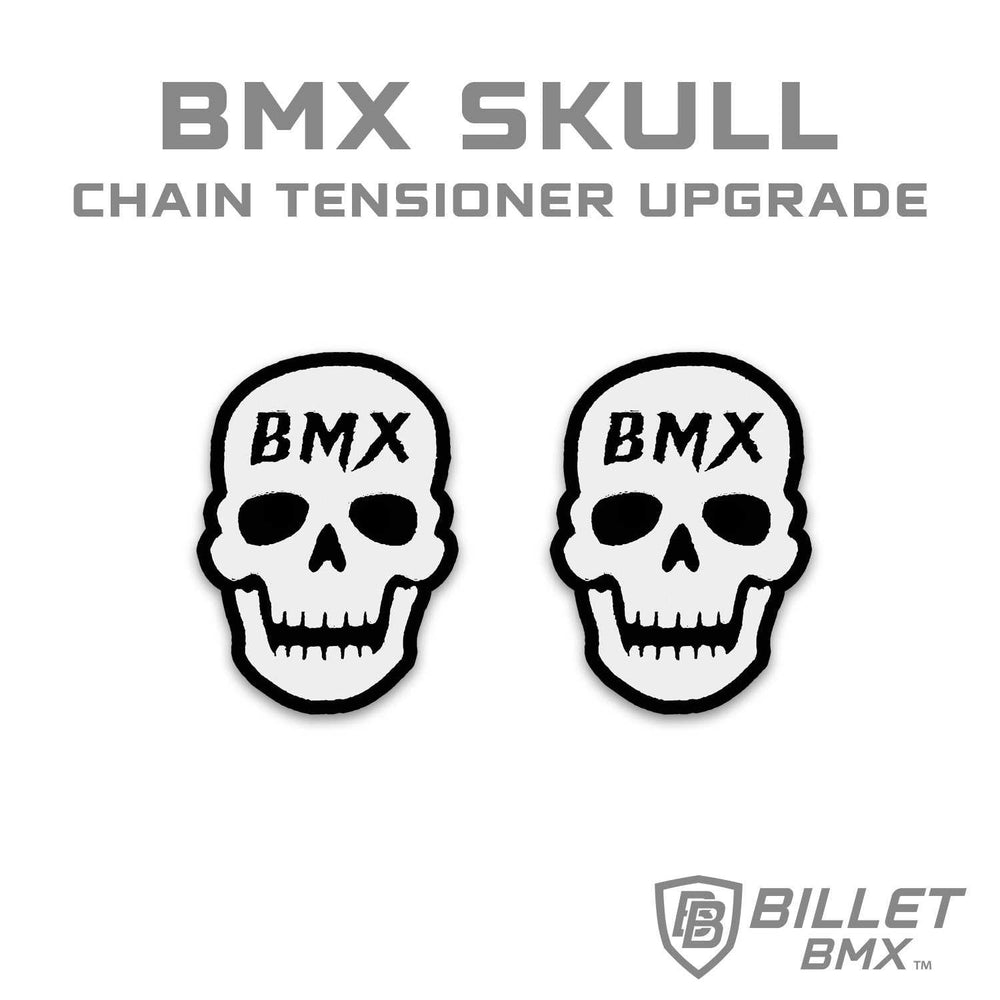Common Mistakes to Avoid When Using Headset Spacers

Headset spacers play a crucial role in fine-tuning the height and positioning of your BMX handlebars, ensuring optimal comfort and control. However, many riders make common mistakes when installing or using headset spacers, which can lead to handling issues and even long-term damage to the bike. In this guide, we’ll explore the most frequent errors and how to avoid them.
What Are Headset Spacers and Why Are They Important?
Headset spacers are small cylindrical rings that fit onto the steerer tube of your bike’s fork. They allow riders to adjust the handlebar height by adding or removing spacers as needed. Properly positioning headset spacers ensures comfort, reduces strain on the wrists and back, and improves overall bike handling.
Common Mistakes to Avoid When Using Headset Spacers
1. Using Too Many Headset Spacers
A common mistake among beginners is stacking too many headset spacers to raise the handlebars significantly. While spacers allow some adjustability, excessive use can compromise the bike’s stability and stress the steerer tube.
Solution: Keep the spacer stack height within the manufacturer’s recommended limit, typically no more than 30mm. If you need a higher handlebar position, consider using a higher-rise stem or different handlebar geometry.
2. Not Using Enough Headset Spacers
On the other hand, some riders use too few headset spacers, leading to a poorly fitted stem that doesn’t properly clamp onto the steerer tube. This can cause instability and even premature wear on the headset components.
Solution: Ensure there is enough spacing so the stem sits flush on the headset. A small top spacer above the stem can also help distribute clamping forces more evenly.
3. Improperly Stacking Headset Spacers
Incorrect stacking of headset spacers can lead to uneven pressure distribution, affecting steering precision and headset longevity.
Solution: Arrange spacers in a stable and even manner, ensuring that the largest ones are at the bottom and smaller ones at the top. This provides better stability and prevents unnecessary strain on the headset.
4. Not Preloading the Headset Properly
Failing to tighten the top cap correctly can result in a loose headset, causing unwanted movement in the front end of the bike. This issue can lead to poor handling and potential damage to the bearings.
Solution: Before tightening the stem bolts, adjust the top cap to create the right amount of compression in the headset. Avoid overtightening, as this can cause excessive wear on the bearings.
5. Choosing the Wrong Type of Headset Spacers
Headset spacers come in different materials, including aluminum, carbon fiber, and plastic. Choosing the wrong type can lead to performance issues or unnecessary weight.
Solution: Use high-quality aluminum or carbon fiber spacers for strength and durability. Avoid cheap plastic spacers, as they may deform under pressure.
6. Not Considering Aesthetic and Functional Balance
While bike headset spacers primarily serve a functional purpose, many riders overlook the aesthetic aspect. A poorly matched stack can make your bike look unbalanced or unprofessional.
Solution: Consider using spacers that match your bike’s color scheme and materials for a cleaner, more professional appearance. Many brands offer anodized aluminum spacers in various colors to complement your bike’s style.
How to Properly Install Headset Spacers
-
Determine the Desired Handlebar Height: Experiment with different spacer combinations to find the most comfortable setup.
-
Arrange the Spacers Correctly: Place larger spacers at the bottom and smaller ones on top for even pressure distribution.
-
Install the Stem and Tighten the Top Cap: Secure the stem in place before fully tightening the top cap to ensure proper headset preload.
-
Tighten the Stem Bolts Evenly: Once the top cap is properly adjusted, tighten the stem bolts evenly to hold the spacers and steerer tube securely.
-
Test for Play or Resistance: Before riding, check for any movement in the headset by rocking the bike back and forth. If there’s any play, readjust the top cap tension.
Final Thoughts
Headset spacers are a small but essential component in setting up a BMX bike correctly. By avoiding these common mistakes, you can ensure a smooth ride, improved handling, and a longer lifespan for your bike’s components. Whether you're fine-tuning your setup for comfort or performance, proper installation and maintenance of headset spacers make a significant difference.
For high-quality headset spacers and other BMX parts, explore Billet BMX for our wide range of premium BMX components!


